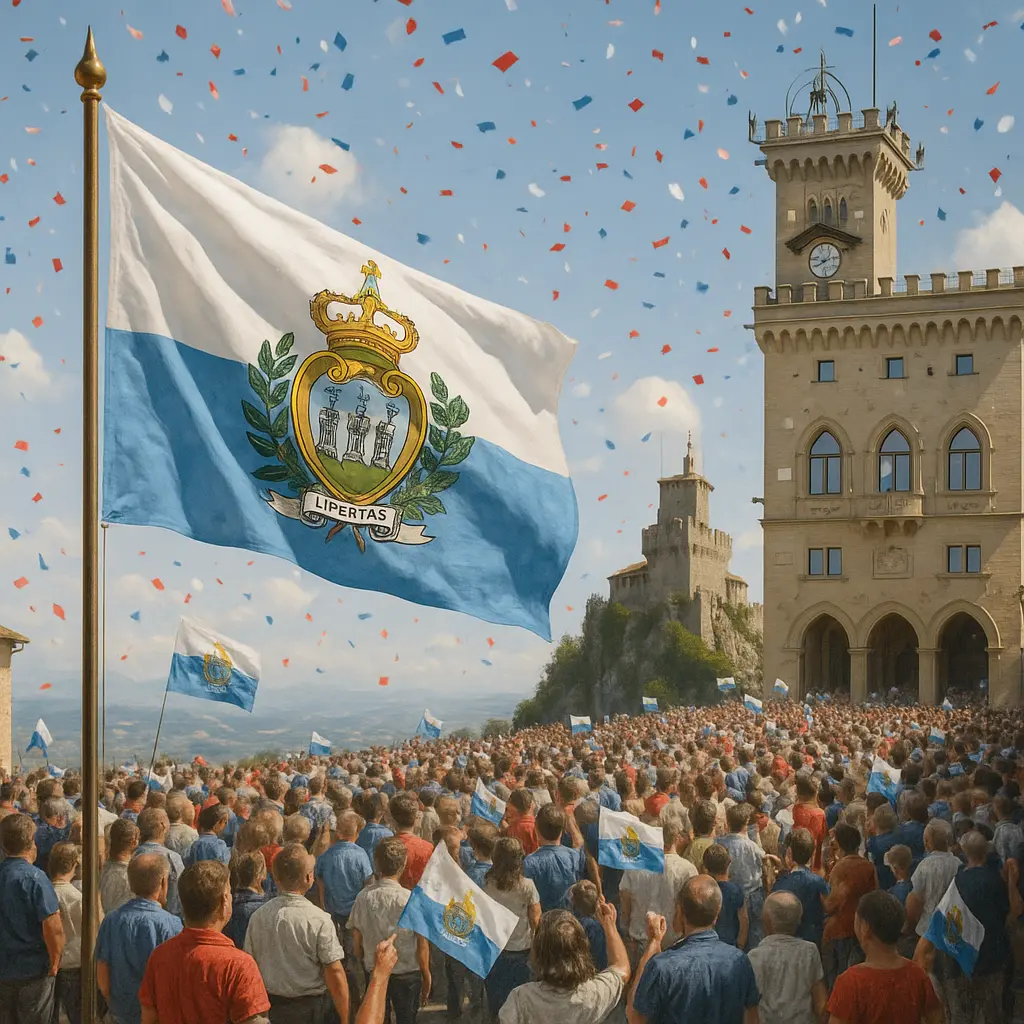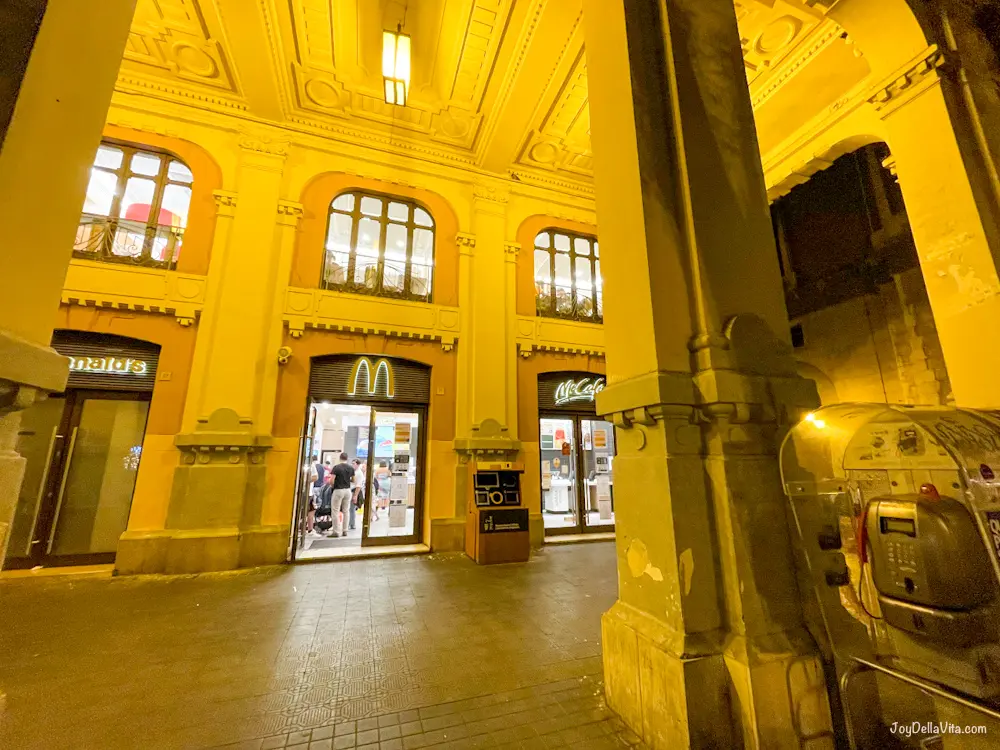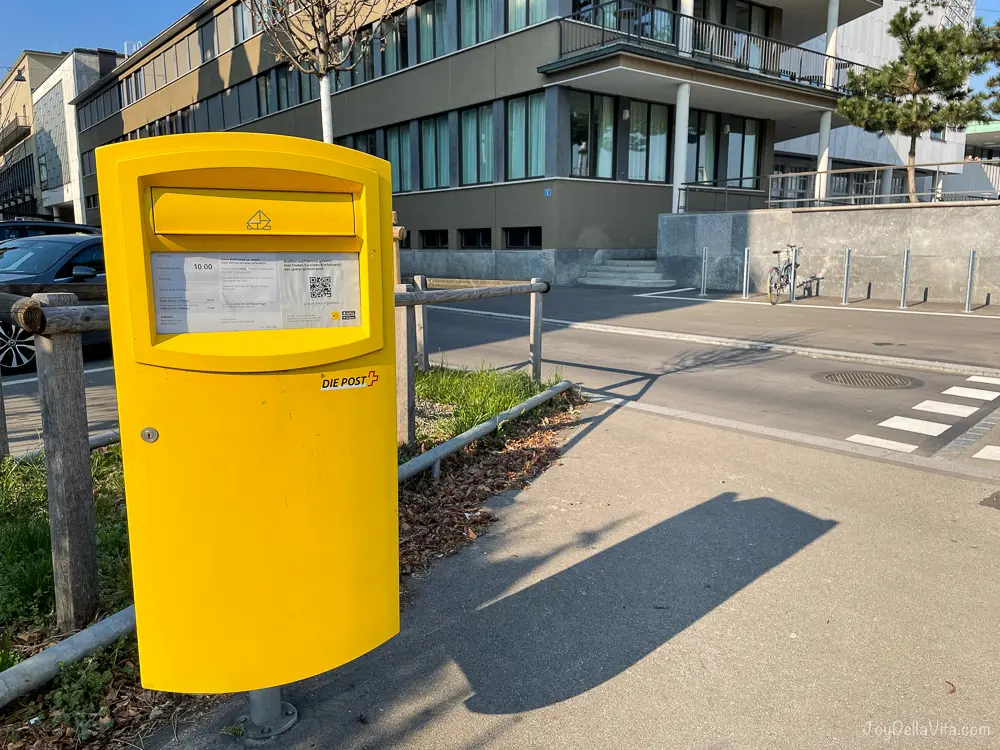You definitely want to know about the Public Holidays in San Marino before your planned trip to the country. Nestled within the heart of Italy, the serene Republic of San Marino boasts a rich history and unique cultural identity. Just like its larger neighbour, Italy, San Marino observes a number of public holidays throughout the year, offering residents and visitors alike opportunities for celebration and reflection. If you’re planning a trip to this fascinating microstate or are simply curious about its traditions, understanding its public holidays is key. Let’s delve into the special days that mark the Sanmarinese calendar.
Public Holidays in San Marino
- New Year’s Day (1st January)
- Epiphany (6th January)
- St. Agatha’s Day (5th February)
- Good Friday (date varies)
- Easter Monday (date varies)
- Liberation Day (25th April)
- Labour Day (1st May)
- Festa di San Marino (3rd September)
- Investiture of the Captains Regent (1st October)
- All Saints’ Day (1st November)
- Christmas Day (25th December)
- St. Stephen’s Day (26th December)
While sharing some common public holidays with Italy, Public Holidays in San Marino also proudly upholds its own distinct traditions and commemorative days. Understanding these special dates offers a deeper appreciation for the rich cultural tapestry of this fascinating republic.
January: Starting the Year with Reflection
The year of Public Holidays in San Marino begins with New Year’s Day on January 1st, a widely celebrated holiday across the globe. Following shortly after is Epiphany on January 6th, a Christian feast day commemorating the visit of the Magi to the infant Jesus. This day often involves family gatherings and traditional festivities.
February to April: From Liberation to Renewal
February brings St. Agatha’s Day on February 5th, a significant religious holiday in San Marino. St. Agatha is one of the patron saints of the Republic, and the day is marked with religious services and local celebrations. As spring approaches, San Marino observes Good Friday and Easter Monday, the dates of which vary each year in accordance with the Christian calendar. These solemn and celebratory days are important religious observances for the predominantly Catholic population. Liberation Day on April 25th commemorates the liberation of Italy from Nazi occupation during World War II, a historical event also significant for San Marino given its close proximity and historical ties.
May to September: Celebrating Founders and Independence
The summer months in San Marino are punctuated by significant national holidays. Labour Day on May 1st is observed, honouring the contributions of workers. A particularly important date is Festa di San Marino on September 3rd. This day commemorates the founding of the Republic by Saint Marinus in 301 AD and is the most significant national holiday, marked by grand celebrations, historical re-enactments, and official ceremonies. Ferragosto, the public holiday of neighbouring country Italy, is not officially celebrated as a Public Holiday in San Marino, but for sure appreciated.
October to December: Remembrance and Festive Cheer
October sees the celebration of Investiture of the Captains Regent on October 1st. This unique ceremony marks the twice-yearly change of the heads of state in San Marino, a tradition that highlights the Republic’s ancient governance. November brings All Saints’ Day on November 1st, a day of remembrance for deceased loved ones. Finally, the year concludes with the festive season, including Christmas Day on December 25th and St. Stephen’s Day on December 26th, both widely celebrated with family gatherings and religious observances.
San Marino vs. Italy: Similarities and Subtle Differences
Given San Marino’s geographical location and strong cultural ties with Italy, many of its public holidays mirror those observed by its larger neighbour. New Year’s Day, Epiphany, Easter Monday, Labour Day, Christmas Day, and St. Stephen’s Day are all celebrated in both countries.
However, San Marino also has its own unique public holidays that reflect its distinct history and identity. St. Agatha’s Day and Festa di San Marino are specific to the Republic, highlighting its patron saint and the anniversary of its founding. While Italy celebrates Liberation Day on April 25th, the significance for San Marino is tied to its historical context within the broader Italian landscape during World War II. Similarly, the Investiture of the Captains Regent is a uniquely Sanmarinese tradition with no direct equivalent in Italy.











Comments
One response to “Public Holidays in San Marino to keep in mind before booking your holiday”
This is my first time visit at here and i am truly impressed to read everthing at alone place.